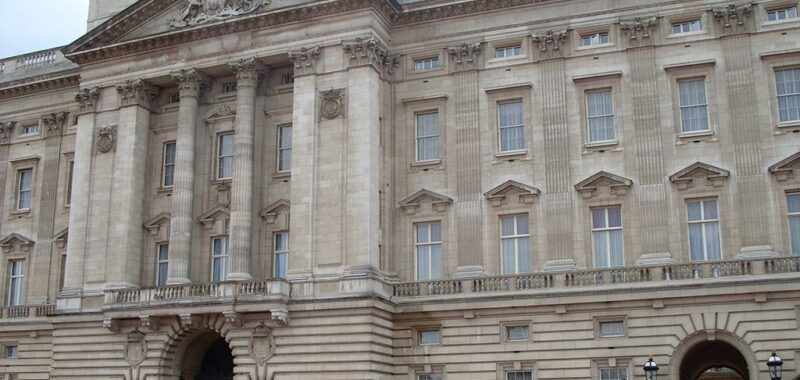A 10-year upgrade of essential services at Buckingham Palace is on track for completion within budget by 2027, despite multiple resets and practical challenges, according to the National Audit Office (NAO).
Overall, the £369m Buckingham Palace reservicing programme has been managed well “and has demonstrated good practice in a number of areas”, NAO comptroller and auditor general Gareth Davies said yesterday (23 July) in a 51-page report.
It had spent £238.9m by the end of March this year, the spending watchdog calculated. This equates to 65 per cent of the overall budget, and an NAO scenario analysis estimated a £1.6m underspend at the end of the programme.
However, the NAO said that “some individual projects have increased in cost and taken longer to complete than expected”.
For instance, East Wing works started in October 2019 and were finished in October 2023 – two years longer than planned – with a 78 per cent cost overrun.
The pandemic limited activity and work took longer than anticipated “due to finding greater structural damage than expected, requiring redesign and resequencing of works, and slower-than-expected design-team performance”, the NAO noted.
Also, the discovery of asbestos in the East Wing and other parts of the palace caused a £10.1m cost hike.
The Sovereign Grant-funded scheme aims to replace 161km of electrical cabling, 32km of heating pipework, and 16km of hot and cold water pipework at the palace.
Work began in 2017 but the in-house project-management team encountered issues that led to three resets, plus problems connected with inflation and supply chain difficulties.
The first of these was due to the Covid-19 pandemic, which delayed work on the North Wing at the Grade I-listed building.
Then, in October 2022, the in-house programme-management team at Buckingham Palace implemented another reset. It had identified risks to the programme’s cashflow due to the potential impact of the pandemic, which had a £22.5m cost impact.
The final reset came in January 2024 after programme managers reviewed the delivery schedule. This allowed them to bring forward work on the North Wing while delaying the South Wing main section until January 2025.
“Some smaller projects have been pushed back to 2026-27,” the NAO noted.
More than 80 per cent of planned operational improvements have been completed, including new lifts, lavatories and an accessible entrance ramp.
“Completed works include moving water tanks, installing new boilers, a switch panel and backup generators, removing 3.5km (2 miles) of dangerous electrical cabling, the East Wing, and some projects in the West Wing,” the report said.
According to the NAO, limited unallocated contingency funds are available to pay for any “unknown risks”, without having an impact on the planned outcomes.
The programme will receive 27 per cent of its total funding in the final two years (2026/27), when concurrent works planned for the North, South and West Wings will “increase supply chain and management capacity risks”, it added.

